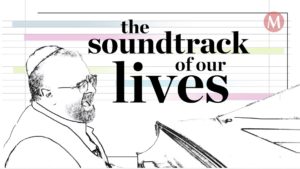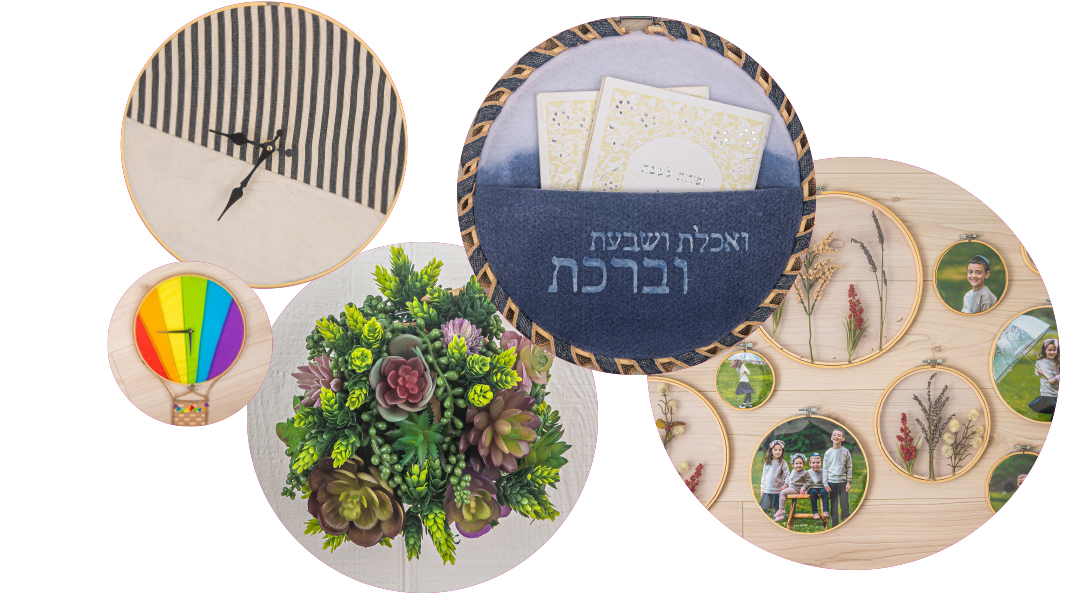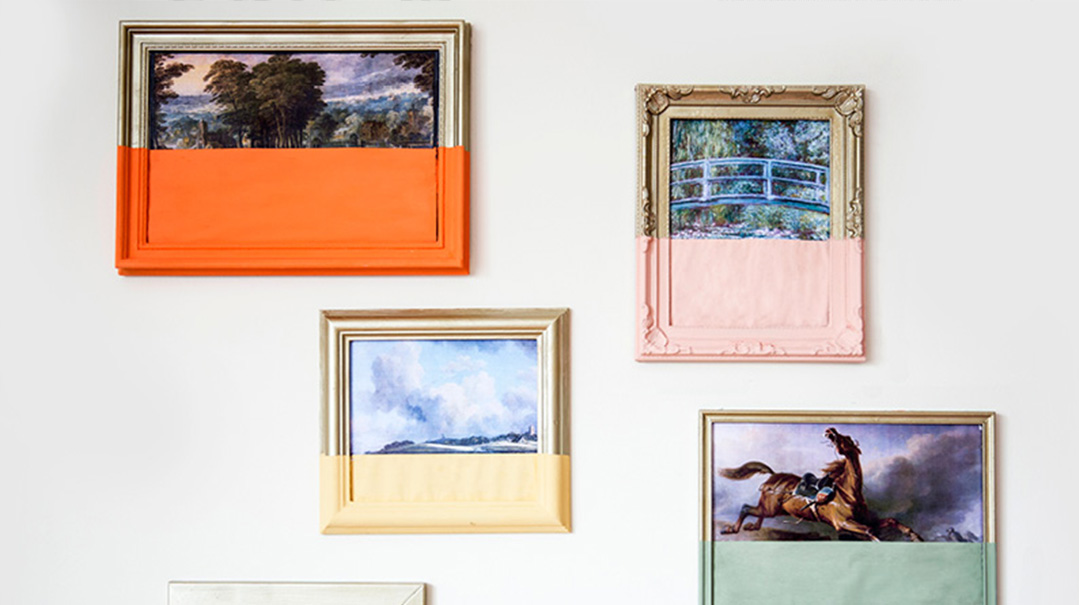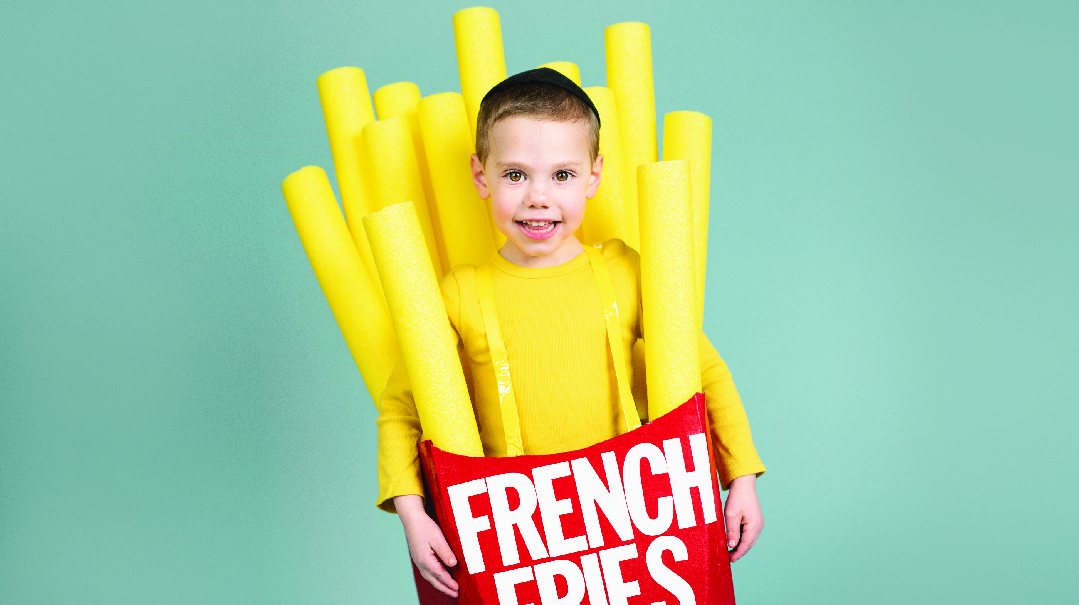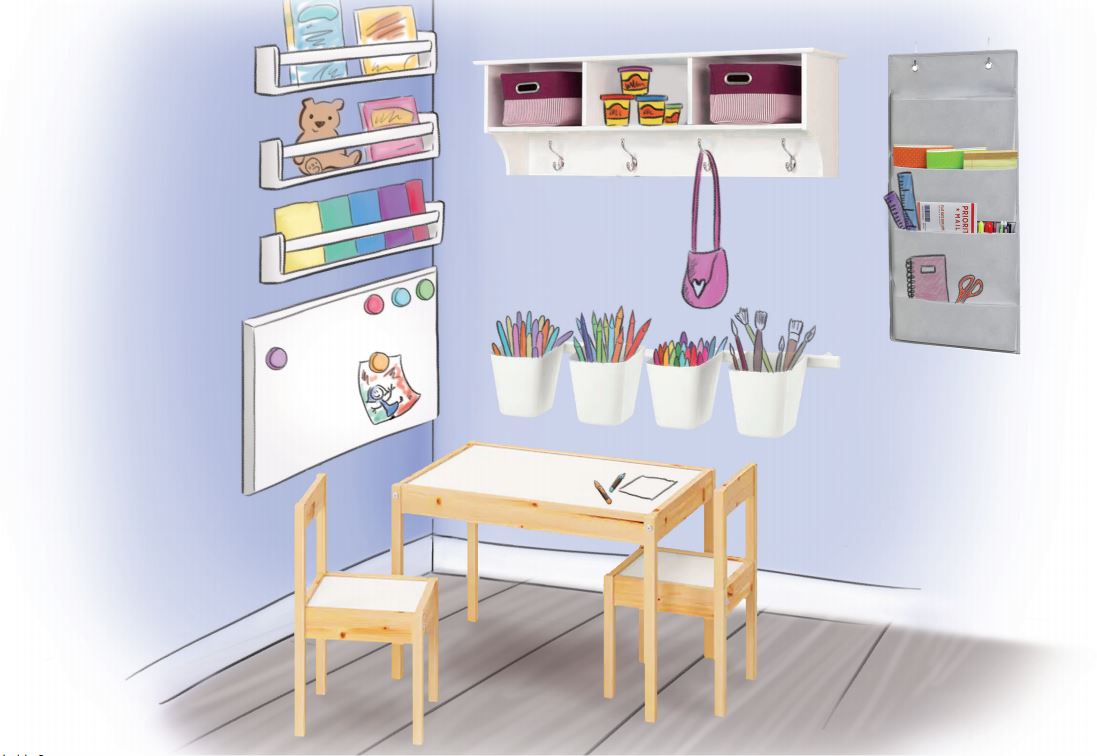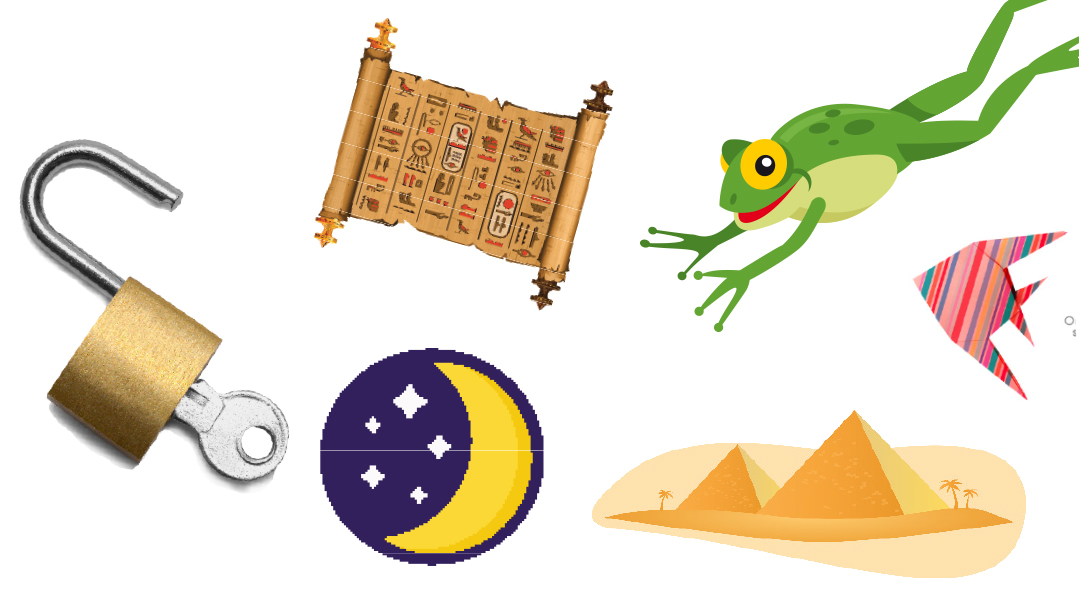Race to Escape


Photography by Jeff Zorabedian
Players quickly begin to explore the room, looking for clues. There are usually numbers, symbols, and pictures on the walls, but no obvious explanation for why they’re there. The players must search through drawers, boxes, pockets, and underneath and behind furniture, looking for a way to begin. The team members call out what they’ve found and try to figure out how the clues come together.
The solution to one puzzle will lead to something else — it may be a code for a padlock, the first step to another puzzle, a door that opens to another room, or simply a red herring. If they’re stuck, there’s usually a way for the team to get a hint to help them continue. As time ticks on, the puzzles become more complex, often feeding into a final puzzle that will provide the team with the key or code needed to open the door and escape.
You can create your own adventure story and invite others to be a part of it. Ready? Here’s what you need to do:
- Create a storyline that fits the theme and setting. A storyline will give the escape room challenge a direction to go in. Perhaps your players have to leave the room to deliver top secret intelligence — or they might have to break into a room to successfully defuse a bomb. Whatever the storyline, make sure it’s easily digestible to your players.
- Add some puzzles. The puzzles should challenge your players, but they should also be fun and enjoyable; they shouldn’t be too frustrating to solve. Alternate easier puzzles with more complicated ones to keep the momentum going. Puzzles include deciphering codes, untangling backward messages, and solving riddles.
- Choose props to make your escape room authentic. For example, use candles to add a historical or spooky theme; put glow sticks in clear containers around the room to create a futuristic vibe; or add branches, rocks, and dirt to create the feeling of a forest or cave. Don’t forget smells, textures, sounds, and even tastes, which can be used to enhance the realism of your story. Employ objects that look like decorations but are actually tools for solving a puzzle, such as a calculator on an office worker’s desk, a credit card that can be used to open a lock, or a magnet that can be used to retrieve an essential item such as a key.
Set the timer to the allotted amount of time and let the tension heat up! Let your players know that they can receive up to three hints throughout the challenge. (It would be pretty unusual for players to complete the challenge without any help along the way!)
Supplies Needed
- daily planner
- desk phone
- empty and full glass and/or plastic bottles
- decoder ring (can be purchased at Amazon or some other retailers)
- coded message
- chocolate
- briefcase with a six-digit lock
- puzzle
- safe box
- code with grid
- code message
- variety of clocks, one displayed upside down
- ATM or other safe
- typewriter manual and typewriter
- invisible ink pen and black-light flashlight
- mirror
- mirrored message
- pens, pencils, and cup holder
- “dictionary” with keyed locked box
- chalk, eraser, and chalkboard
- bike padlock
- front door key
- “caution” tape
- footprints decal
Note: Don’t be scared off by the number of items on this list. You can choose some items from this list and create some of your own.
Storyline:
- You arrive in your office in the morning and see footprints. Your private space has been invaded! Your office supplies, confidential material, and personal belongings have all been locked up in different places. Your first thought is to turn around and escape. Then you find that you’ve been locked inside by an unknown source.
- Your first call of action— after noticing a helpful note— is to contact Sherlock Holmes. You locate his contact info and dial his number.
- Sherlock Holmes reassures you that he can help get you out of this mess. He recommends that you take a drink to relax and gain stamina. (Callers may speak with a volunteer who answers the phone, or even hear a prerecorded voice mail that states, “You have reached Sherlock Holmes. I am away from my desk, investigating a serious mystery, but will be happy to help you out of this mess upon my return. In the meantime, please take a drink to build up your strength.”)
- You try the bottles on the shelf, but only one opens easily. While pouring yourself a drink, you notice something strange on the inside lid of the bottle. It’s a decoder ring! You notice a coded message hanging on the wall, matching the images on the ring, which needs to be deciphered. (You’ll need to prepare a coded message using the code on the ring.)
- The code reveals a message: “Chocolate is the answer, who cares what the question is?”
- A message is hidden underneath the chocolate bar on the desk near the typewriter. It’s a six-digit code. Which lock has six digits? You scout the room and notice that the briefcase on your desk fits the bill.
- You open the briefcase. Inside is a puzzle that needs to be assembled, but when you assemble it, you find that three pieces are missing.
- You rummage around in the pockets of the suitcase and the three missing pieces appear. They reveal the numbers 1, 2, and 5.
- Which lock has three digits and can be opened with these numbers? Bingo! It’s the blue safe box on the bottom shelf of the bookcase!
- The safe contains another code (see image). On the wall, you find a number/alphabet grid that helps you figure it out.
- An important message is revealed: “Clock watchers never seem to be having a good time.” The word time is written upside-down. What could that mean?
Tip: See image below for coded message and decoder grid. Note that every double-digit number refers to an alphabet letter. To find your letter in the grid, look at the two numbers. The first number (on the left side of the grid) tells you which row to look in; the second number (found along the top of the grid), tells you which column you need.
- Got it! Among the clocks on the bookshelf, one is hanging upside down! It indicates that the time now is 10:10. Which safe box can be opened with a four-digit number?
- The ATM machine opens when you punch in the digits 1010. Success! Inside, you find a typewriter manual, along with a small black-light flashlight.
- You head to the typewriter. The paper inside is blank. But wait! When you make the room completely dark, and shine the black-light flashlight on the paper, a message comes to light. It reads: “The face is the mirror of the mind, and eyes without speaking confess the secrets of the heart.”
- You race for the mirror hanging on the wall. Next to the mirror is another coded message, written in mirror image. Placing it next to the mirror, you read: “If you want to change the world, pick up your pen and write.”
- Pick up your pen and write? What does that mean? You rummage through the pen bucket for clues. One pen has a paper with a message rolled up inside. The message reads as follows: “It’s not the key to your house, your car, your boat, or your safe deposit box. It’s the key to order, sanity, and peace of mind. The key is ‘Delete.’ ”
- Wow! Inside the typewriter, underneath the delete button, is a key. What does it open?
- Nestled among the books on the bookshelf, you find a “dictionary” — with a keyed safe box. You open it up and realize that it’s time to do some math.
- Erase the problem on the chalkboard and use the chalkboard to compute the problem at hand. The answer you get is 6433. Is that the winning number?
- Guess what? Those numbers open the bike lock that’s keeping the file cabinet closed! You open it up, and the key to the room— and to freedom— is in your hands! Congratulations — you did it!
(Originally featured in Family First, Issue 619)
Oops! We could not locate your form.




